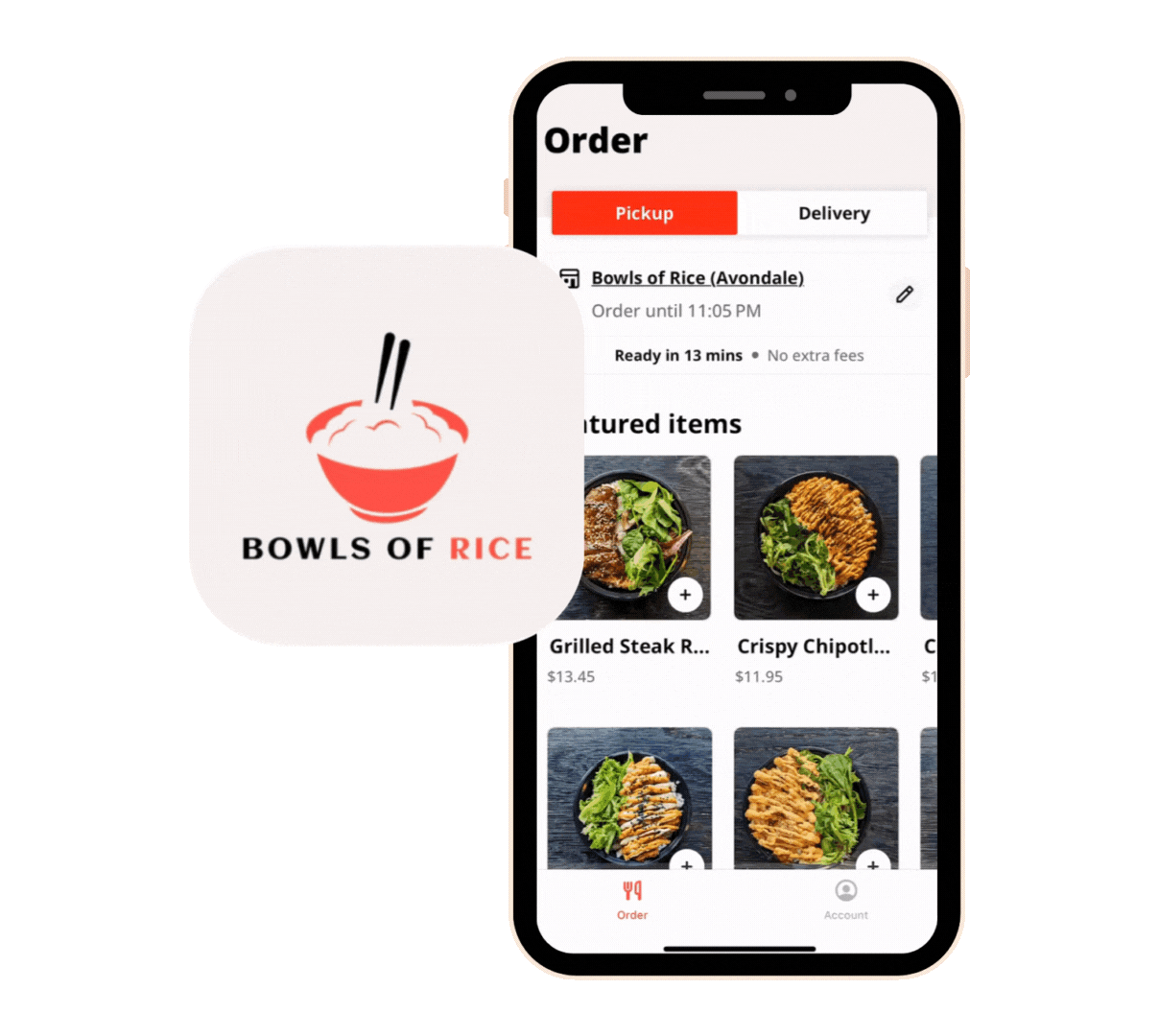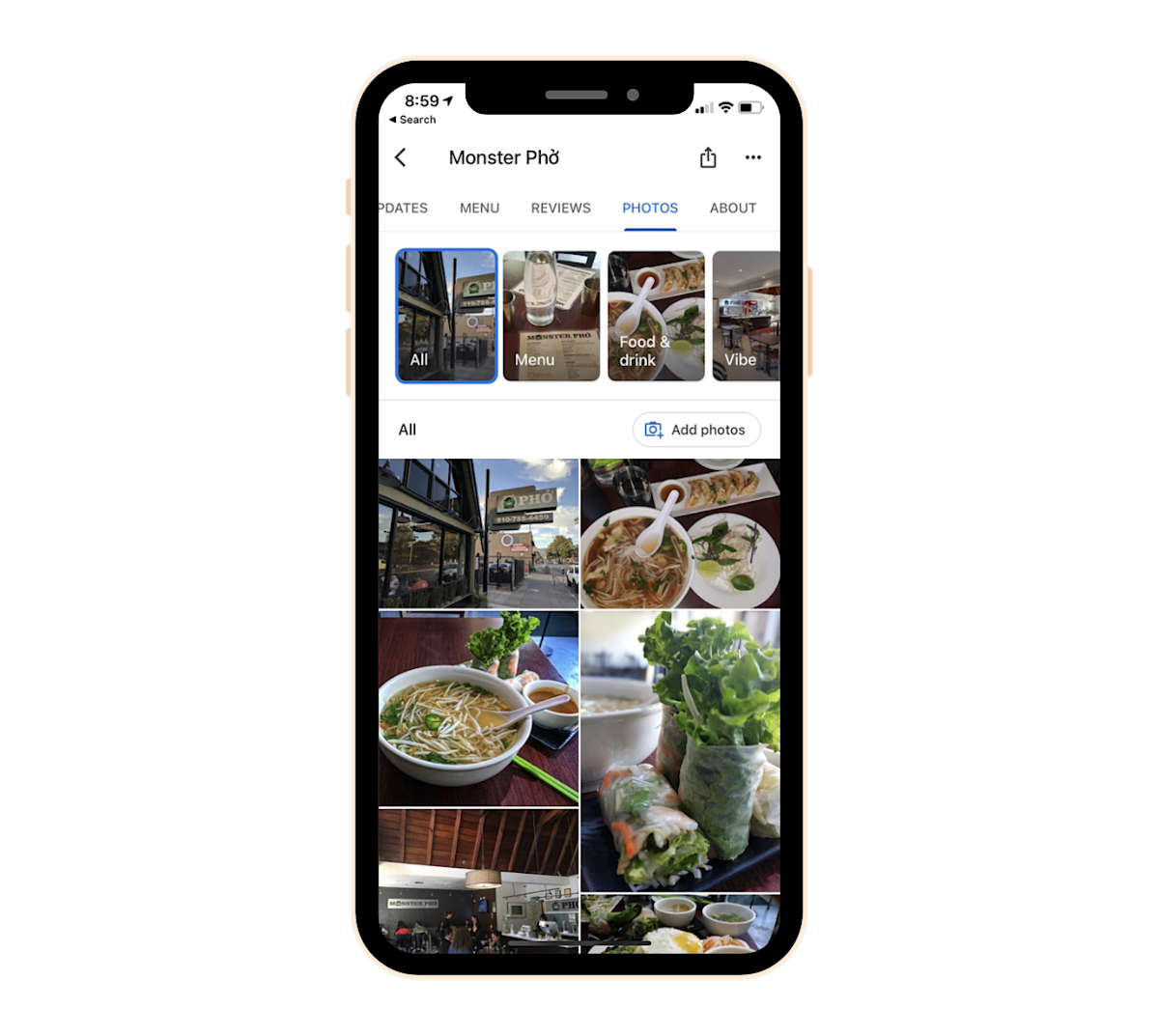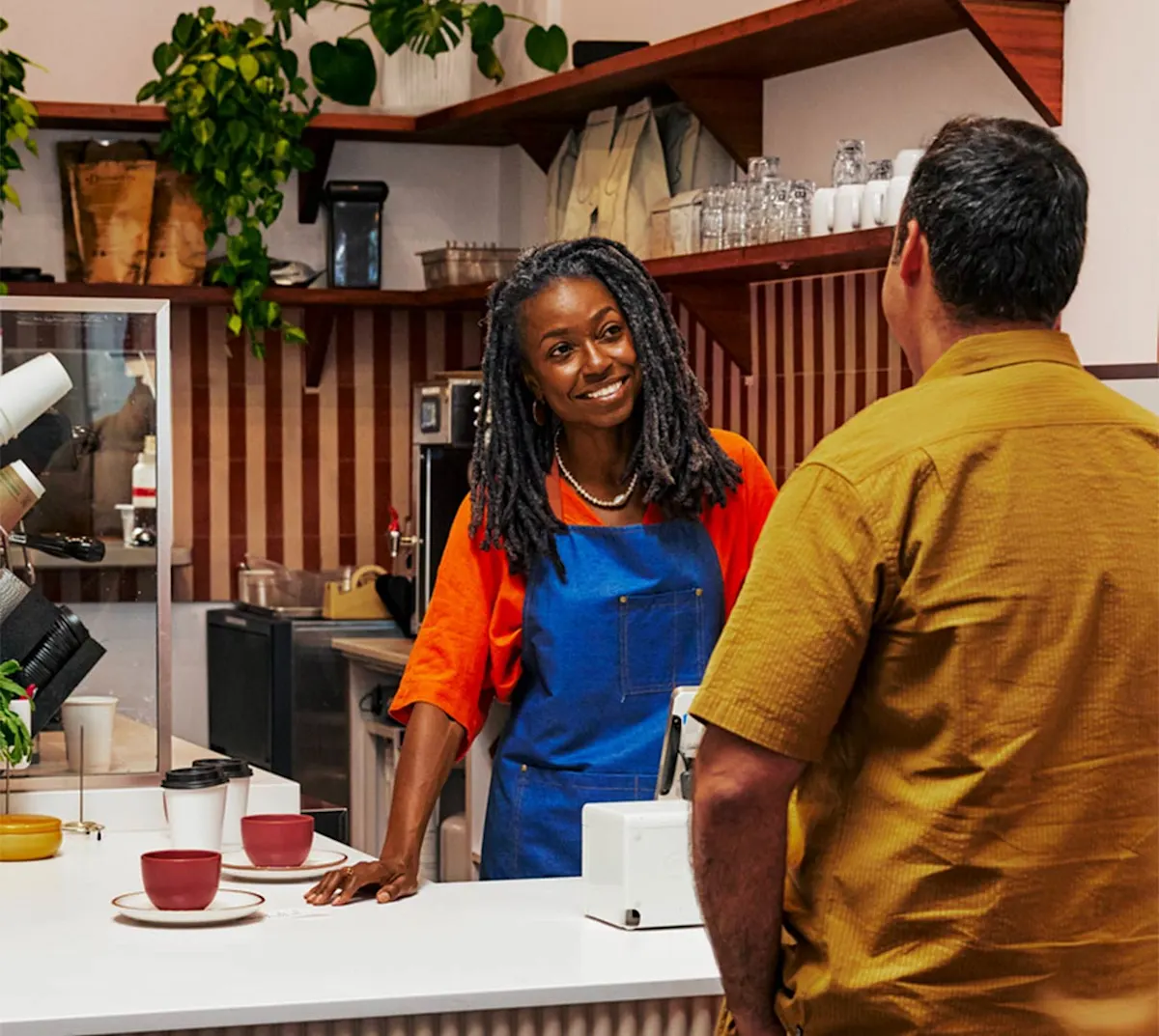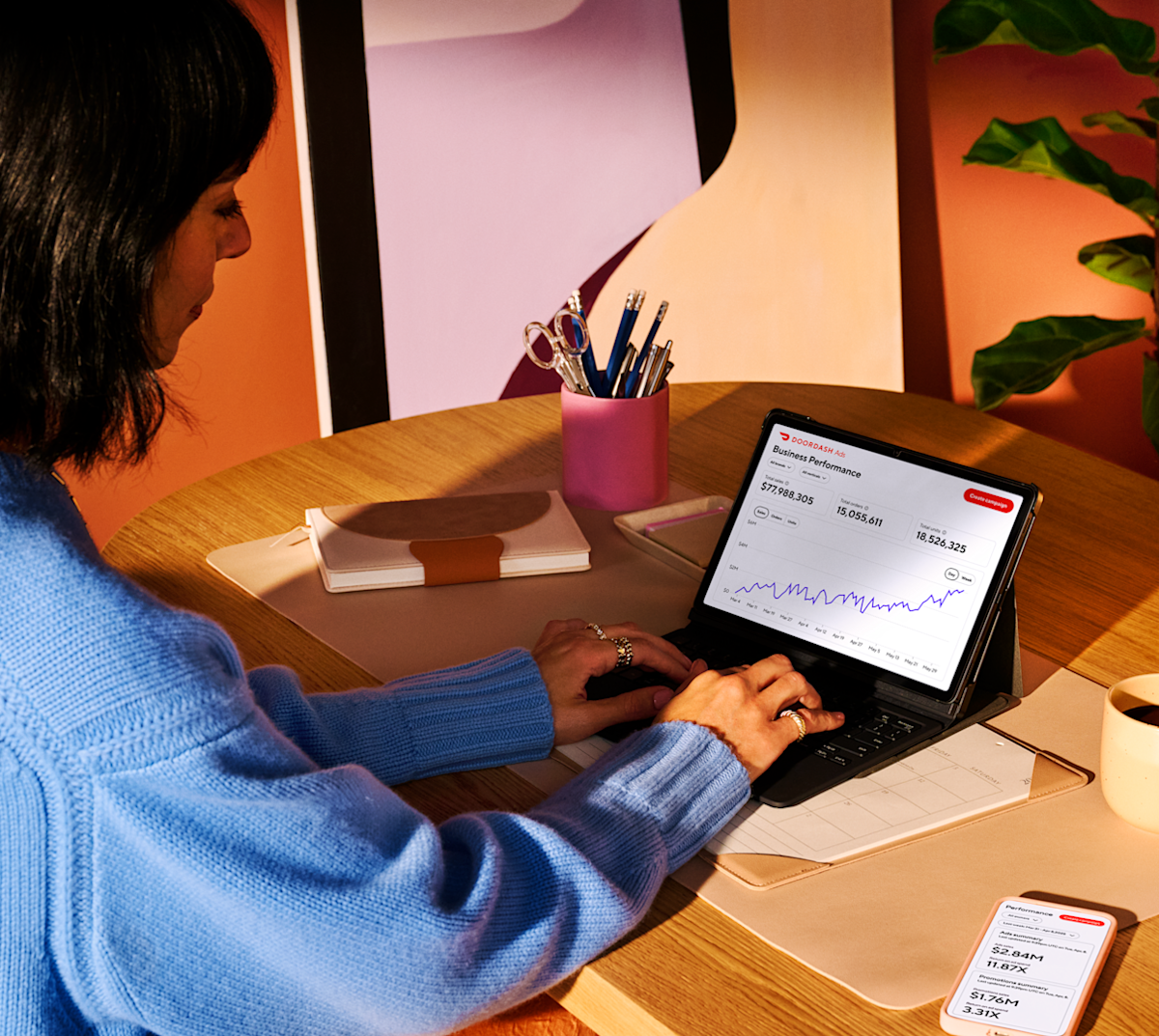Independent restaurants and small chains often operate with limited time and resources. Clear, simple restaurant marketing ideas can help you reach more diners, encourage repeat visits, and build stronger customer relationships.
This guide covers practical restaurant marketing ideas you can apply right away, including examples from real restaurants.
Why marketing matters for restaurants
Marketing can help you:
Reach more local customers
Turn website visitors into direct orders
Build trust with your community
Encourage more frequent visits
Stand out from other restaurants nearby
With the right tools and a few consistent habits, even small restaurants can build a strong brand.
9 Restaurant Marketing Ideas Worth Trying
1. Add online ordering to your website
Overview: Online ordering on your website gives customers a fast, direct way to place orders without leaving your site.
Why it works: Online ordering helps turn your online presence into a direct ordering engine. Adding an online ordering system to your site, allows you to turn hungry website visitors into customers. More than that, an interactive menu serves as a marketing tool, showing prospective guests your food, menu descriptions, and more.
Real example: Biscuit Love, a family business specializing in breakfast, enables customers to order directly from their website with Online Ordering available with the DoorDash Commerce Platform. In the first four weeks of using Online Ordering, Biscuit Love saw a 23% aggregate increase in sales (30% increase in online delivery sales and a 17% increase in pick-up sales).¹

2. Use promotions and Sponsored Listings to attract diners
Overview: Promotions are targeted offers you can leverage on DoorDash and Online Ordeirng that encourage new or returning customers to place an order. Sponsored Listings allow you to stand out to customers in your area by giving your restaurant prime real estate on DoorDash.
Why it works: Offering discounts and perks is a great way to delight new and returning guests, making your restaurant an obvious and affordable option for customers.
Real example: Oren's Hummus' Sponsored Listing campaigns generated 1,701 total orders, more than $73,500 in sales, and 460 new customers — all with an average return on ad spend (ROAS) of 8.6x.
3. Add a Smart “Order Now” Button to your website
Overview: Optimize your restaurant website to make it easier for customers to place orders right when they’re ready. An “Order Now” button that follows customers across your site or a pop-up directs customers straight to place an online order.
Why it works: Clear calls to action (CTA) reduce friction. Restaurants that optimize their websites with a Smart “Order Now” Button or pop-up available with the DoorDash Commerce Platform Boost and Pro packages can see up to 30% more web sales.²
Real example: Kebabish Grill and Fried Chicken leverages both the Smart "Order Now" Button and the customizable pop-up available with the DoorDash Commerce Platform Boost package to encourage site visitors to place direct orders.

4. Run an automated email marketing campaign
Overview: Automated messages can help keep you top of mind with customers while requiring a low level of effort. Using email automation, send targeted messages based on customer behavior to encourage reorders or win back lapsed guests.
Why it works: Restaurant marketing can be time-consuming; leveraging automation to send out marketing messages can help you connect with customers without adding more to your plate.
Real example: El Jefe's Taqueria paired automated loyalty emails with other automated email marketing campaigns available through the DoorDash Commerce Platform, generating $18,000 in sales in the three months after they went live with the Pro package.³
5. Build a restaurant app
Overview: A mobile app lets diners order directly from their phones and keeps your brand front and center on their home screens.
Why it works: The average person gets in nearly seven hours of screentime per day. Launching a restaurant app enables you to meet your customers where they are — on their phones!
Real example: Bowls of Rice, a fast-casual Asian-fusion chain, launched their mobile app with the DoorDash Commerce Package. Wesley Li, Owner of Bowls of Rice, had just two calls with DoorDash to set up the Bowls of Rice app, and a few weeks later, it was ready for customers to use.

6. Improve your local SEO
Overview: Improve how easily customers find your restaurant online. Local SEO ensures customers can find your business when they search terms like “best Thai near me.”
Why it works: Many diners begin their search for their next meal online. Accurate, readily accessible information on Google helps customers choose you quickly.
Real example: Monster Pho, an Oakland-based Vietnamese restaurant, optimized their Google Business Profile by adding photos and earning positive reviews, to improve their search engine rankings. Check out our blog, Improve Restaurant SEO with a Google Business Profile, to see how Monster Pho improved their local SEO, step-by-step.

7. Create a consistent social media presence
Summary: Post regularly on Instagram, Facebook, or TikTok. Share small updates to build your brand and keep customers engaged with your business.
Why it works: According to a recent DoorDash study, 28% of Millennials check restaurants' social media pages when considering where to eat. Building out your social media profiles and posting consistently can help you win customers who research restaurants on social media.
Real example: With over 60k followers on Instagram, social media is a core part of Hook & Reel's marketing strategy. From timely and consistent posts to emoji-filled captions, their Instagram page speaks to who they are as a business. Plus, they also include their online ordering link in their "link in bio" — making it easy for casual browsers to turn into customers.
8. Create limited-time menu items
Overview: Special dishes create urgency and excitement. Build hype around your restaurant by offering items that are available for a limited amount of time.
Why it works: When a product is almost gone, it creates a sense of urgency or FOMO — fear of missing out. Highlighting that an item is limited can encourage customers who are on the fence to order from your restaurant sooner.
Real example: National chain, Popeyes, launched the IDK Meal — a limited-time menu offering for indecisive diners. The meal was only offered for a limited time in the summer of 2022. Check out The Art of a Successful Restaurant LTO for more tips on how to run limited-time offers.

9. Launch a loyalty program
Overview: Restaurant rewards and loyalty programs are a great way to show your most loyal customers that you care.
Why it works: 75% of consumers say loyalty programs increase their spending, making customer rewards a restaurant marketing idea with the potential for high ROI.
Real example: Using the loyalty integrations available with the DoorDash Commerce Platform, H&H Bagels, a growing bagel chain rewards customers who order through their website, app, or in-store.
Read H&H Bagels' full storyBring your restaurant marketing ideas to life with the DoorDash Commerce Platform
Great restaurant marketing ideas don’t have to be complicated. With the right tools and a few consistent habits, your restaurant can reach more customers, build stronger relationships, and create the kind of experiences diners come back for. The DoorDash Commerce Platform gives you flexible ways to bring your ideas to life — whether you want to grow direct orders, stay connected with regulars, or keep your brand top of mind.
When you’re ready, get a demo of the Commerce Platform and see how DoorDash can help you bring your restaurant marketing ideas to life.
Get a Commerce Platform demo¹Data compares March 2024 to April 2024 pick-up and delivery data. Delivery sales reflect a comparison in the first four weeks of DoorDash Marketplace orders only versus Marketplace and Online Ordering. Pick-up order sales reflect a comparison of the previous platform with the first four weeks using Online Ordering.
²Based on internal DoorDash data from Jan 2022 through Dec 2023
³Based on DoorDash internal data, Jun 2025 to Sep 2025




